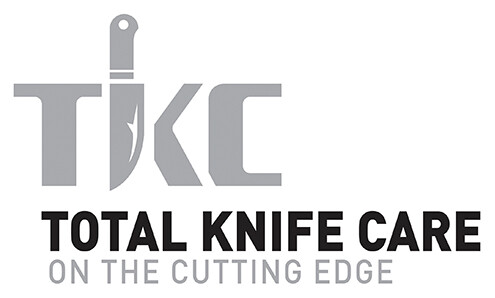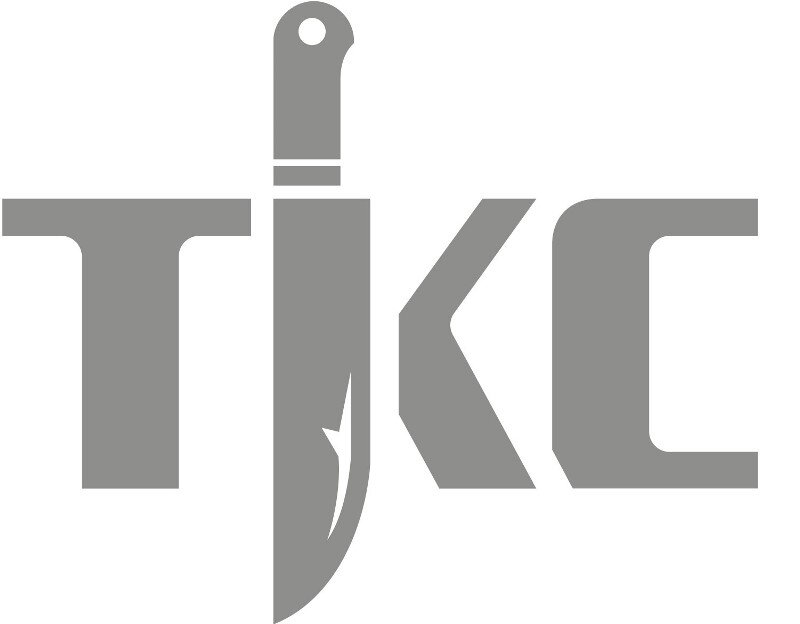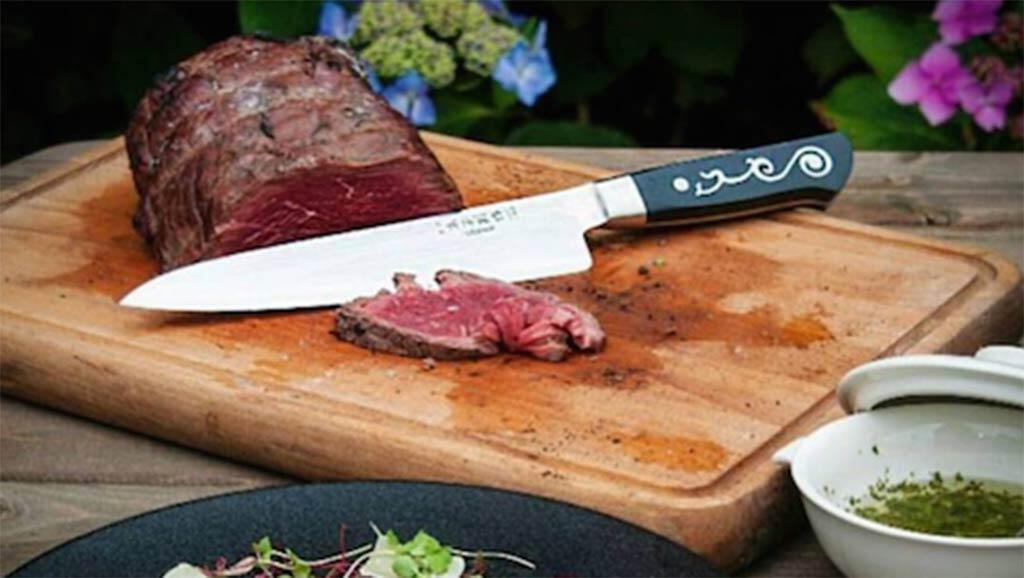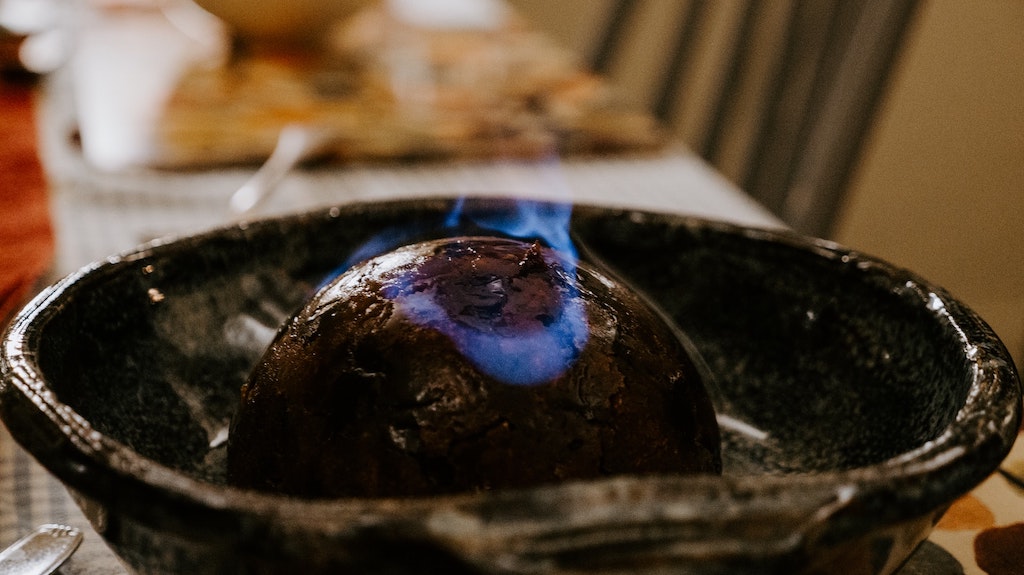Everything you’ve ever wanted to know about cutting boards and chopping boards…
…but were afraid to ask.
As you’d expect we talk a lot about knives here at Total Knife Care. But every time you use a knife (unless you’re showing off slicing pieces of paper in the air with your newly sharpened IO Shen), there’s another component, at least from a pure physics point of view – the chopping surface.
So this time we’re going to look at all the things you need to think about when choosing what surface you are going to use with your knives.
It really boils down to a few things, in no particular order…
- Aesthetics – does the cutting board or chopping board look good in your kitchen?
- Knife care – are you damaging your knives using a particular cutting surface?
- Hygiene – is everyone going to get food poisoning?
Let’s look at these in reverse order.
Hygiene
The big debate over the years has been ‘plastic or wood’, and today the issue is largely* settled, thanks to some research on the matter back in 1994 by researcher Dr Dean Cliver from the University of California Davis. Prior to this research it was assumed that plastic cutting boards were more hygienic than wooden cutting boards, as they were perceived as being less likely to harbour harmful bacteria that could cross contaminate other food. The big enemy here is raw meat – and in particular raw chicken – where bugs like E Coli and Salmonella can be transferred to other food which is then eaten without being cooked.
Dr Cliver’s study found that “…disease bacteria such as these were not recoverable from wooden surfaces in a short time after they were applied, unless very large numbers were used. New plastic surfaces allowed the bacteria to persist, but were easily cleaned and disinfected. However, wooden boards that had been used and had many knife cuts acted almost the same as new wood, whereas plastic surfaces that were knife-scarred were impossible to clean and disinfect manually, especially when food residues such as chicken fat were present. Scanning electron micrographs revealed highly significant damage to plastic surfaces from knife cuts.”
The interesting finding was that bacteria on wooden boards moved from the surface of the cutting board into the board itself and stayed alive for a short while, but did not multiply and eventually died. On the plastic boards tested the bacteria hung around for much longer inside the cuts in the surface of the plastic and were more likely to be transmitted than bacteria on the wooden boards.
This research does not mean you can buy yourself a wooden cutting board and never clean it though. The recommendation continues to be that wooden and plastic cutting boards are thoroughly and promptly washed after use and especially after being used to cut raw meat.
Knife Care
There’s really only one consideration here – is the cutting surface likely to blunt the blade? Hard surfaces are really not very good for the longevity of sharp knives, so our recommendation is to avoid cutting surfaces or cutting boards made of glass or granite or in fact any hard surface like a plate or kitchen surface. Interestingly, plastic cutting boards are also slightly less forgiving on blades than wooden boards, so wooden boards generally win again on this point.
Wooden boards also come in two varieties – end grain cutting boards and flat grain ones. End grain are essentially lots of square pieces of wood glued together with the inside of the wood uppermost. These are better for a few reasons, namely that the end grain of wood is kinder to the knife blade and knife scars in the wood naturally close, keeping the board looking smarter for longer. They also look pretty swish, and for this reason (and because they are harder to make) they are a fair bit more expensive than the flat grain type.
Aesthetics
We’re sure the only reason anyone has granite cutting boards is because there was some left over after the kitchen was fitted. Granite, glass and other hard cutting boards are touted as being easy to clean as well as (maybe) looking smart, but they’re terrible for the blades of your knives. And they make for pretty noisy chopping!
So it looks like the jury is back in on this one – wood is still best. We’ll cover how to care for your chopping boards in a future article.
PS Thanks to Steve Strevens from the UK for suggesting we cover chopping boards in an article on The Grind.
*but not entirely – see below
Further Reading (if you’re so inclined)
http://faculty.vetmed.ucdavis.edu/faculty/docliver/Research/cuttingboard.htm
http://www.foodscience.csiro.au/fshbull/fshbull9b.htm
http://www.huffingtonpost.com.au/entry/wood-or-plastic-cutting-board_n_6133318
http://culinaryarts.about.com/od/cuttingboards/a/cutbrdwoodplas.htm






